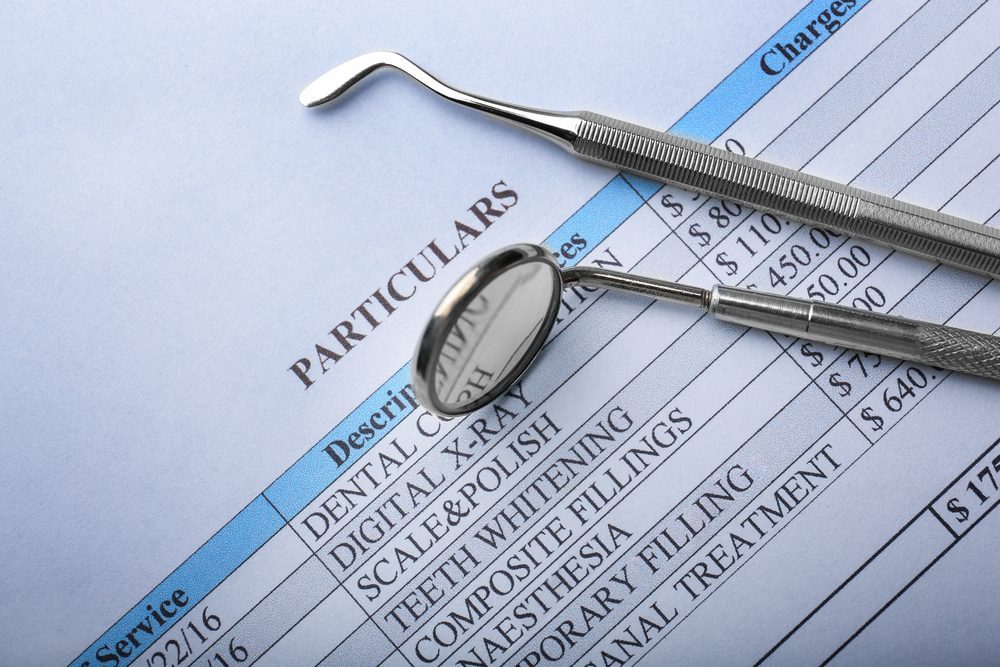
In recent months, we as a nation have grappled with deciding what is considered an essential business versus a non-essential business. While some businesses surprisingly made the cut (liquor stores in some communities were deemed essential), others, just as surprisingly, did not (dental clinics across the country were deemed non-essential). Now that many communities have slowly begun the process of reopening, these so-called non-essential businesses are beginning to open back up, but with some major changes to operations.
Dr. Raul Garcia of Miami, Florida, says when many dental clinics around the country eventually reopen, things will most likely look very different.
“With the risk of spreading coronavirus, there will have to be some changes to many practices around the country,” he says, “especially in dental clinics.”
One change that has been widely reported is the addition of personal protective equipment, or PPE, fees to your dental bill.
PPE fees are the fees passed along to the patient for the doctor and staff to remain in personal protective equipment through their appointment. Because the PPE your provider and team must wear each time must also be changed between each patient, that cost can add up quickly, something that, according to Garcia, can add up very quickly.
“If you think about what is needed for PPE per patient, it gets expensive very quickly,” he says.
Things like gloves, face masks, disposable gowns, hair nets and more, plus supplies for extra cleaning and sanitizing, all must be replaced for each practitioner and each patient. Plus, with social distancing measures in place, many dentists must take a reduced number of patients to space them out in chairs and exam rooms, further driving down their ability to generate income.
Unfortunately for the patient, however, PPE fees may not be covered by insurance.
“PPE fees are on top of a copay or what you’d pay out of pocket,” says Garcia. “Many insurance companies pay a set fee depending on the procedure, and there are no codes for adding PPE on to most patients’ bills, so they are something the patient must be prepared to pay.”
According to Garcia, the PPE fees should be discussed with the patient when they schedule their appointment and again at the time they confirm their appointment to avoid sticker shock at checkout.
So, how much can patients expect to pay for PPE fees? According to Garcia, it will depend on the individual practice, but patients can generally expect to spend anywhere from $15 to $30 in addition to their regular fees.
“Not every practice will charge this fee, but if you aren’t sure, verify with your clinic whether or not they will be charging a PPE fee, and book your appointment accordingly,” Garcia says.






